Fireplaces are a coveted upgrade on many home buyers’ wish list. As their purpose is to allow and contain an open fire inside the house, a fireplace demands our close attention to ensure safety for the occupants and the structure. While we can evaluate many features, we must respect the limits of a visual inspection and know when to call for a further assessment by a specialist. A cleaning, a Level II video inspection, or even an invasive Level III inspection may be required to determine the extent or existence of concerns.
Evaluating a fireplace should be a “hands and knees” affair: you must be willing to look inside the firebox, and upwards as well. Protect your eyes from possible falling debris (or nesting animals!), but use your flashlight and perform a thorough visual inspection. Include the walls or panels of the firebox, the damper, and any visible portions of the flue. The condition and configuration of the hearth and surround must be assessed, as well as any accessories, inserts, or appliances.
There is creosote build-up in the firebox, damper and at the smoke shelf above the firebox. This is a safety issue. Hire a contractor to clean the chimney and conduct a detailed inspection.
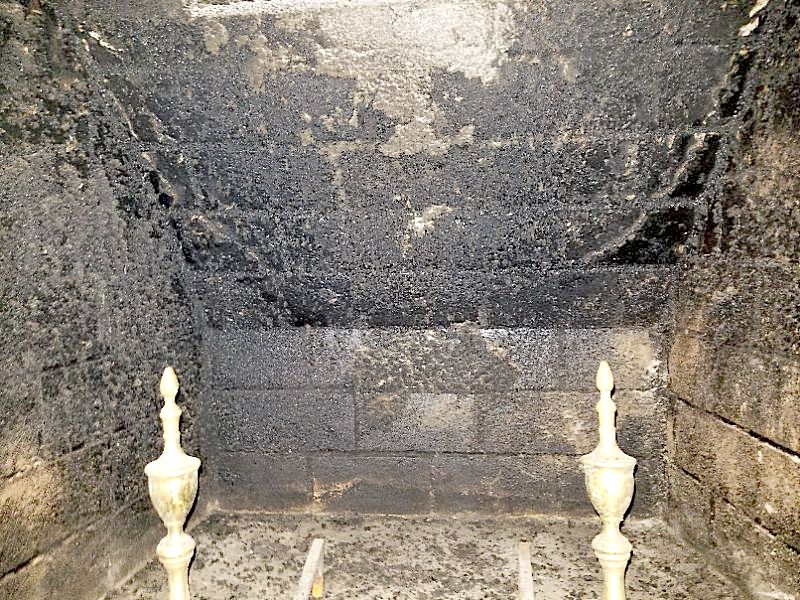
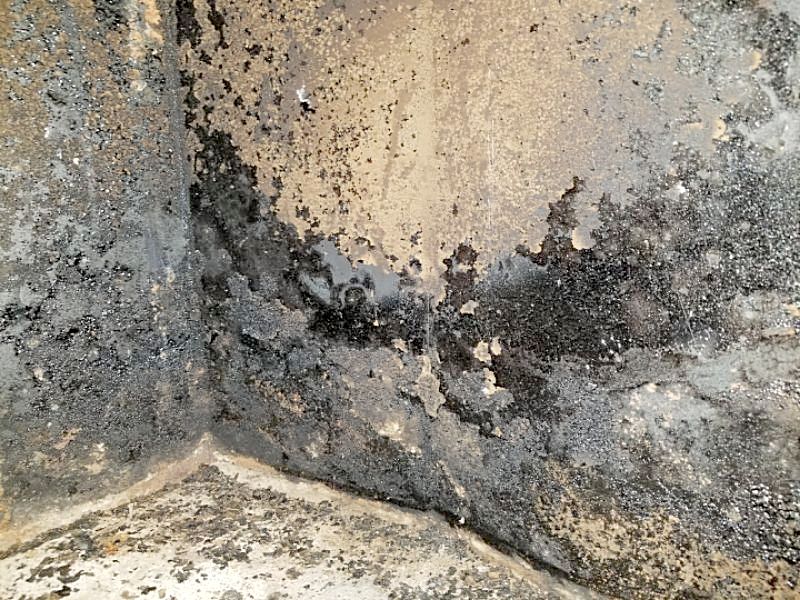
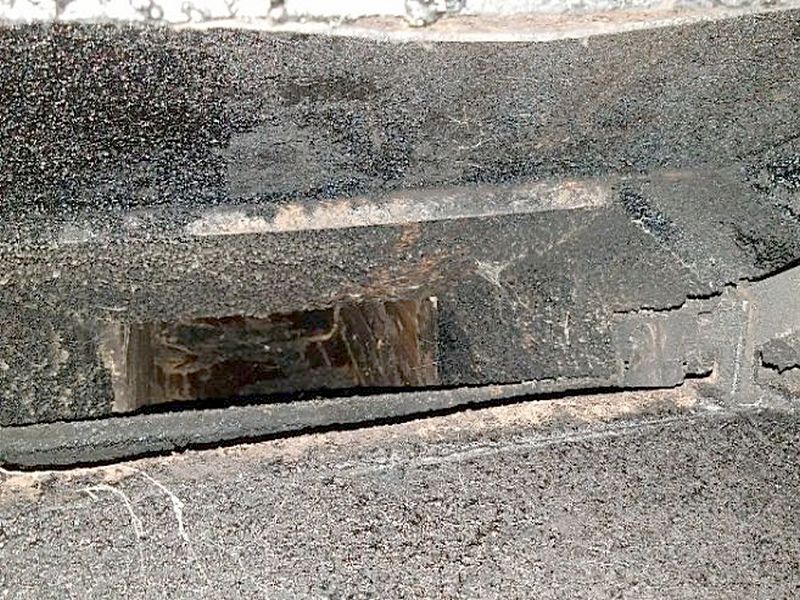
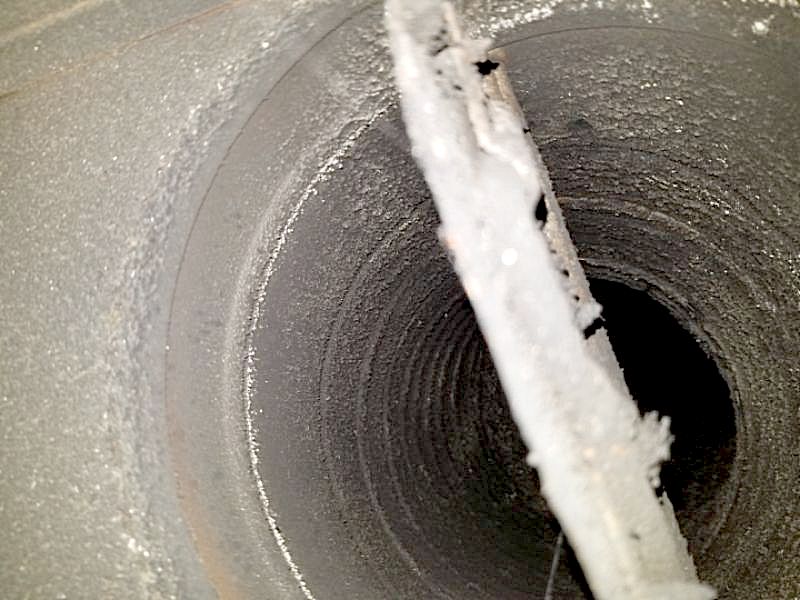
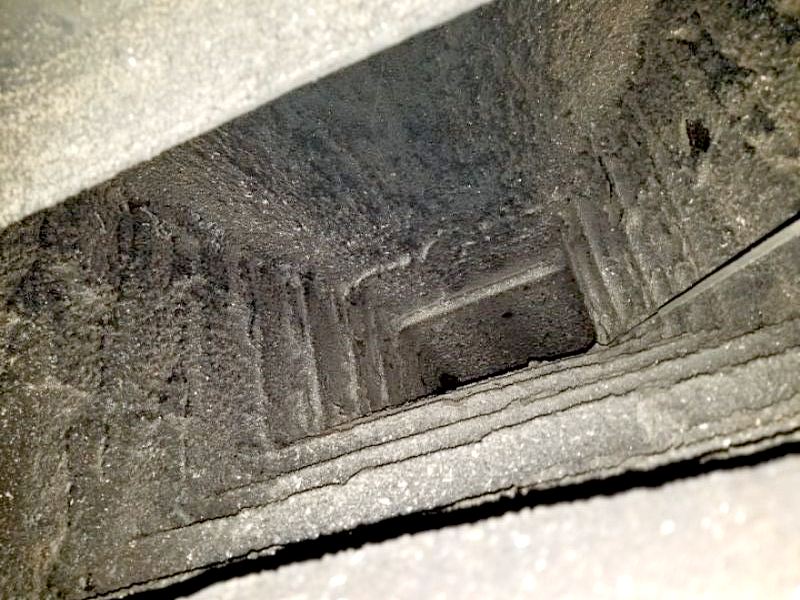
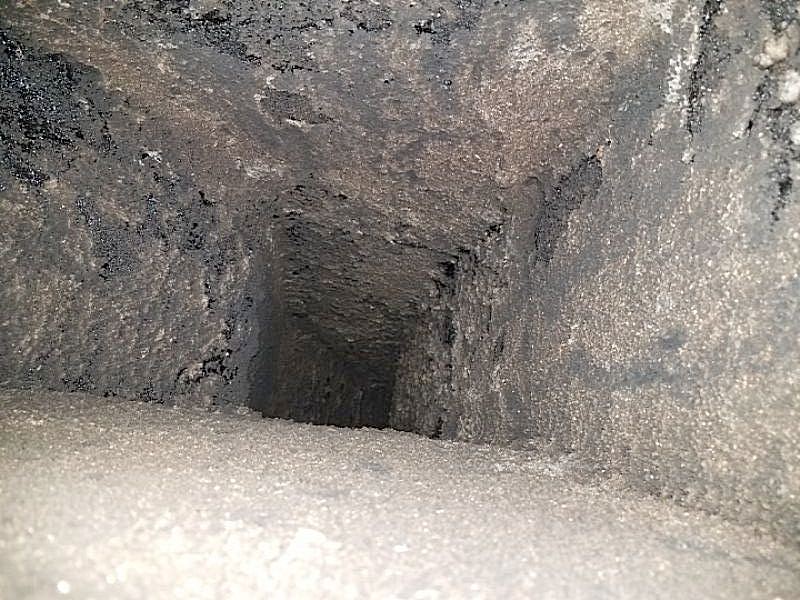
There are deteriorated mortar joints inside the fireplace. This is a fire hazard. Repair the mortar joints.
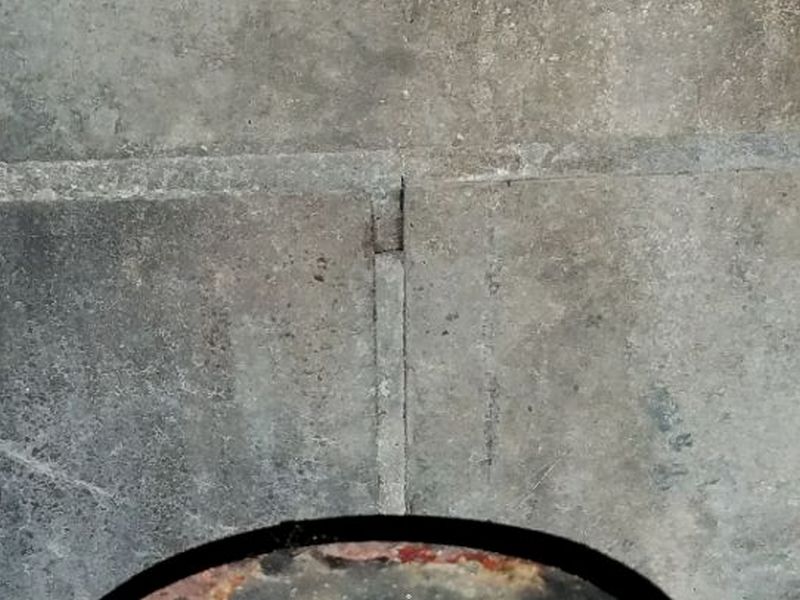
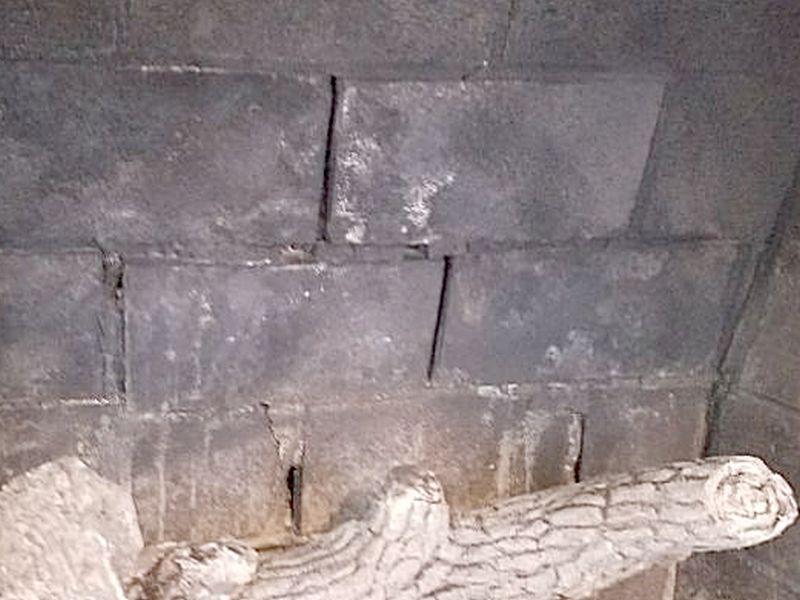
The fireplace has a cracked prefabricated panel. This is a fire hazard. Replace the panel.
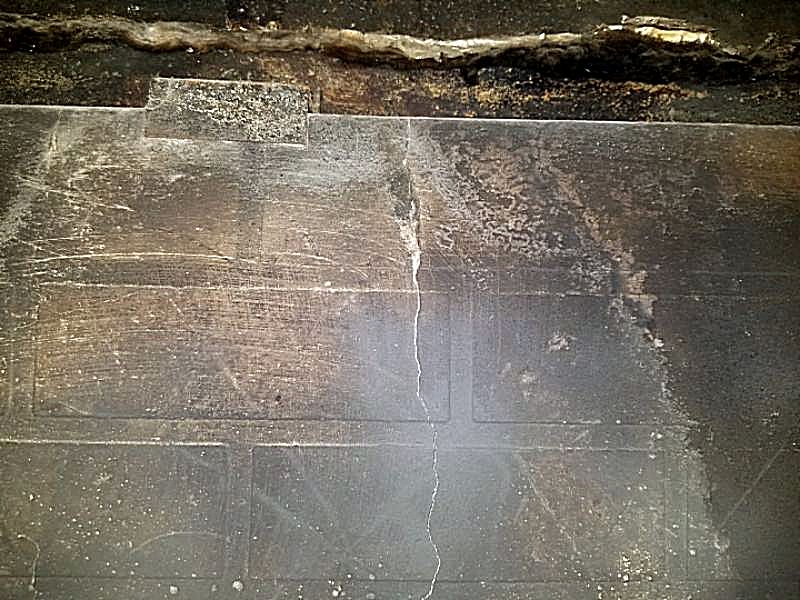
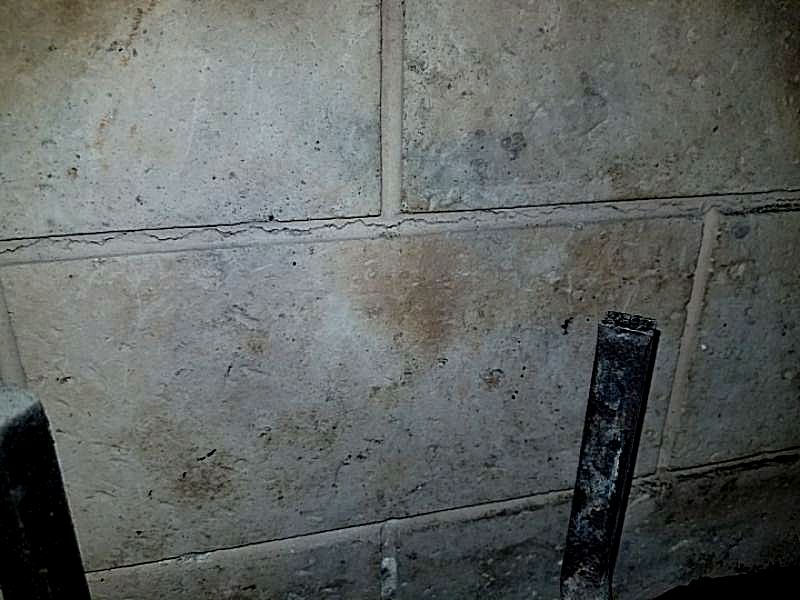
There are cracks in the firebox. This is a fire hazard. Repair and seal the cracks.
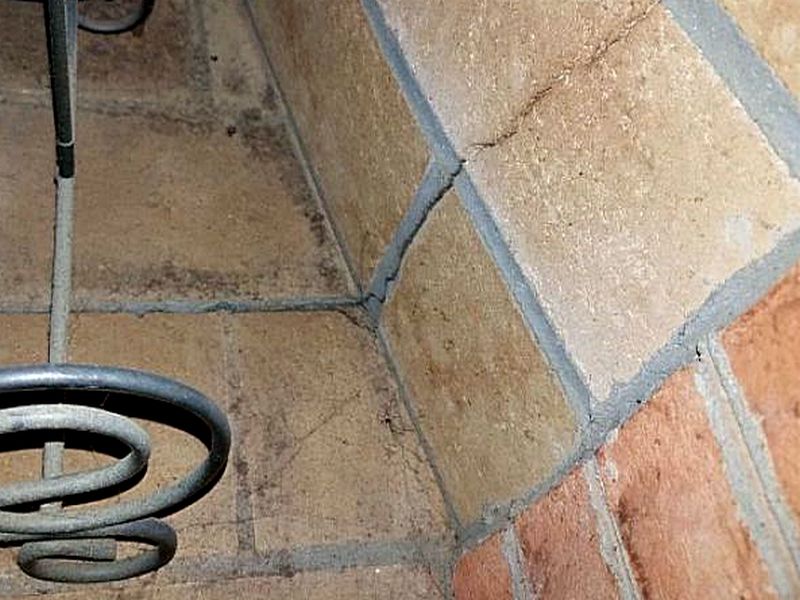
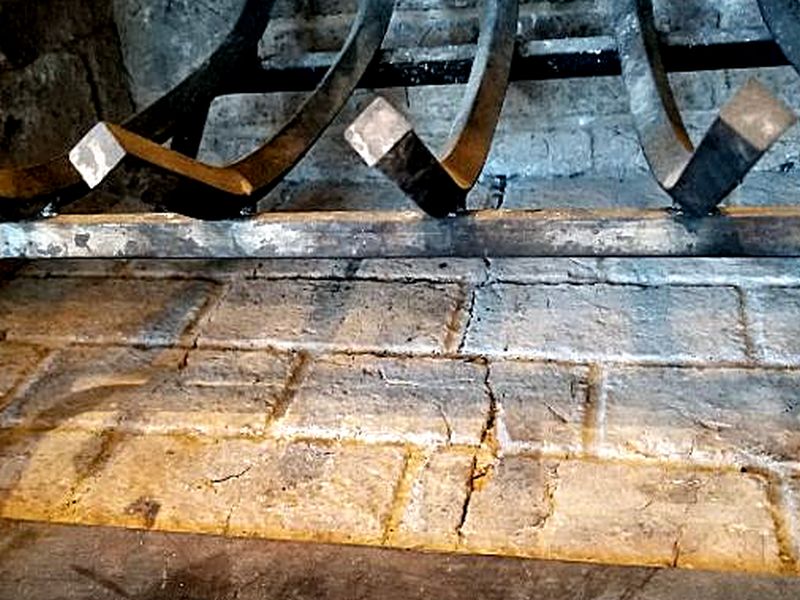
There are deteriorated bricks inside the fireplace. This is a fire hazard. Replace the bricks.
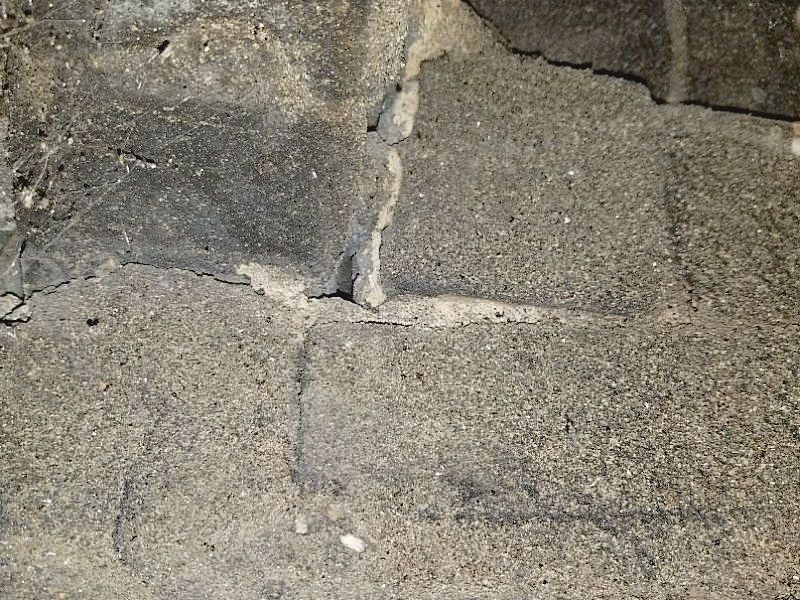
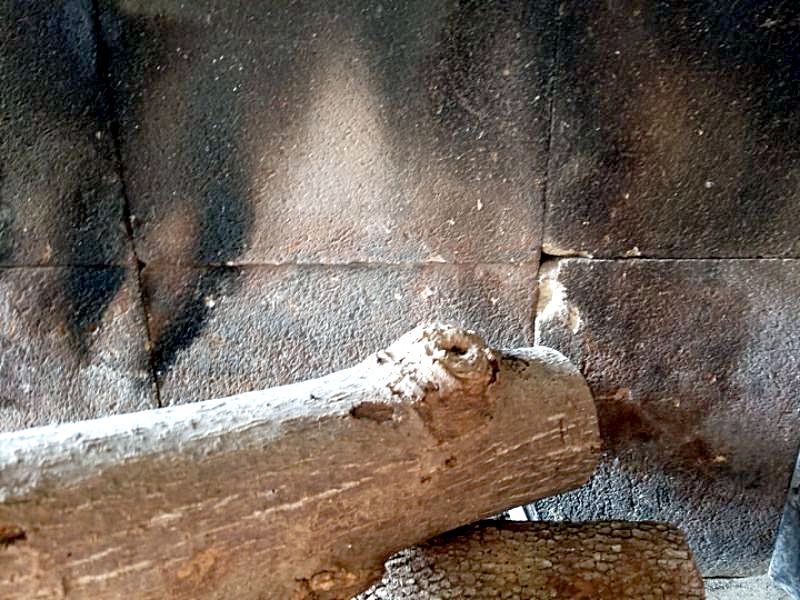
The firebox is deteriorated. This is a fire hazard. Replace the firebox.
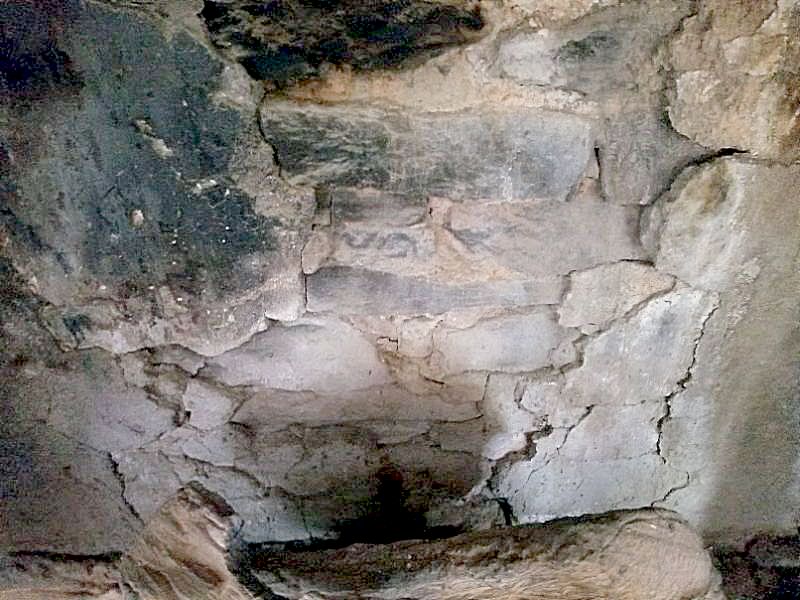
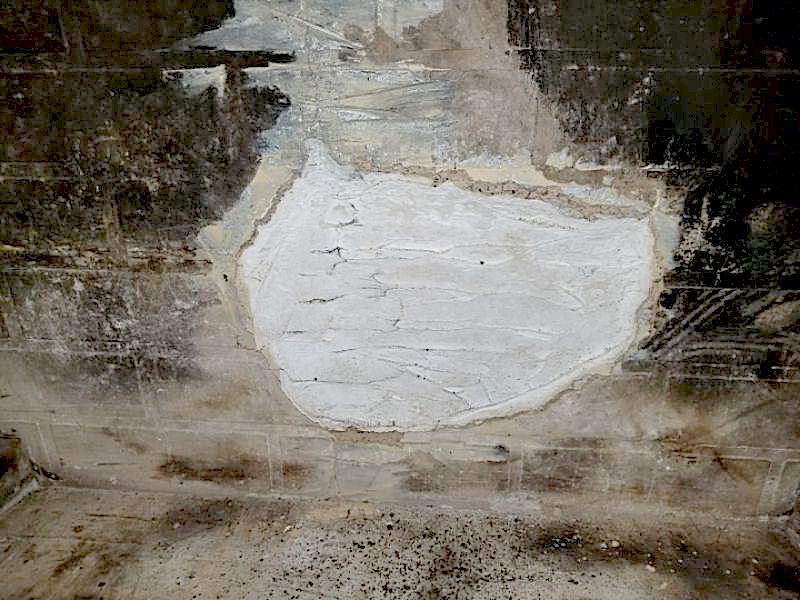
There is efflorescence in the fireplace. White crystalline deposits are an indication of water penetration. The source of the moisture must be identified. Identify the source of water penetration; repair any damage which is revealed.
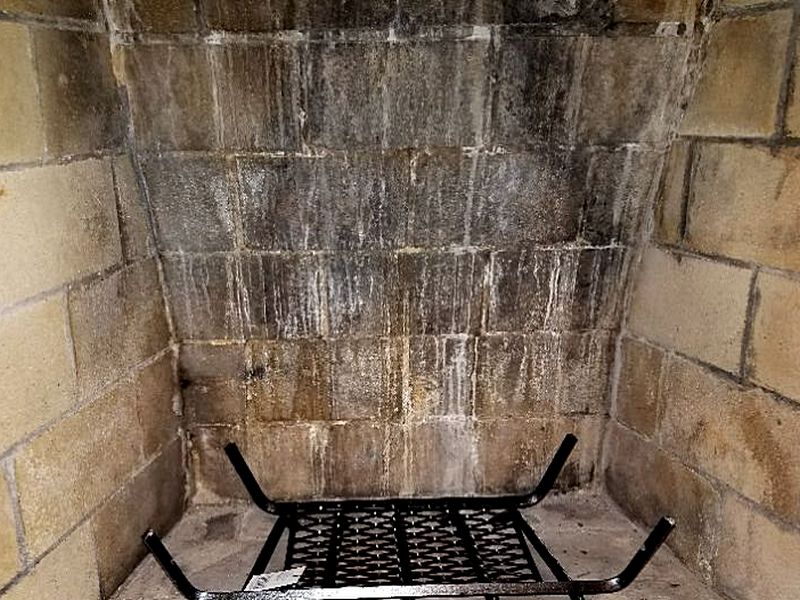
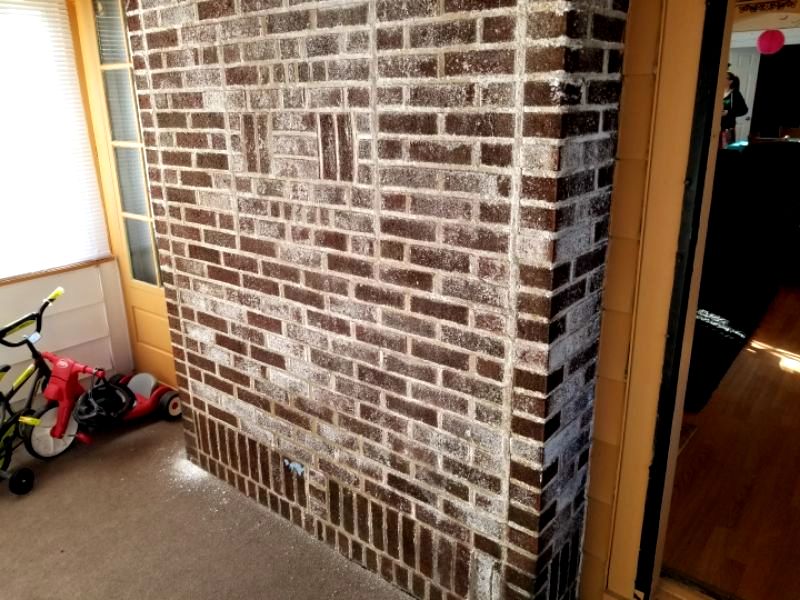
There are smoke stains above the fireplace. This indicates a drafting problem that permits combustion gases to enter the living area. Identify the source of smoke stains; hire a contractor to evaluate the issue and make repairs as required.
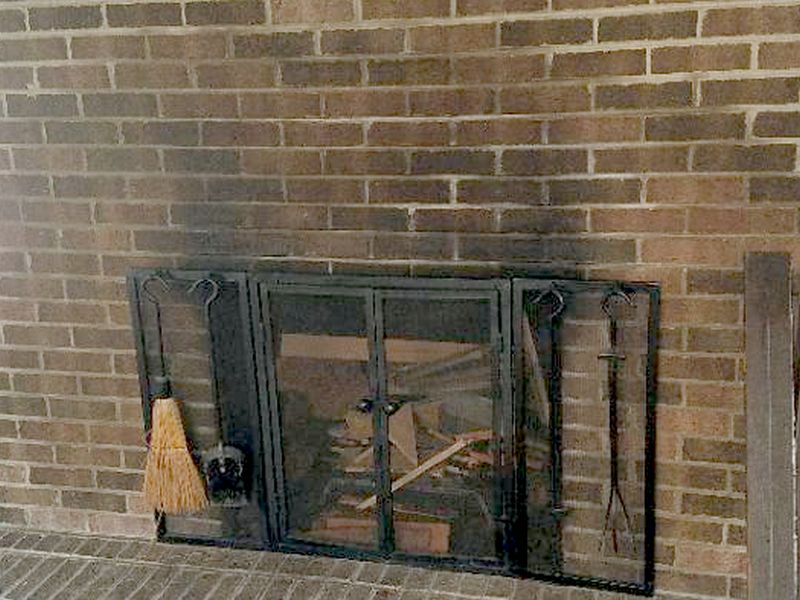
There flue liner has gaps or is deteriorated. This is a fire hazard. Hire a contractor for an evaluation and repairs as needed.
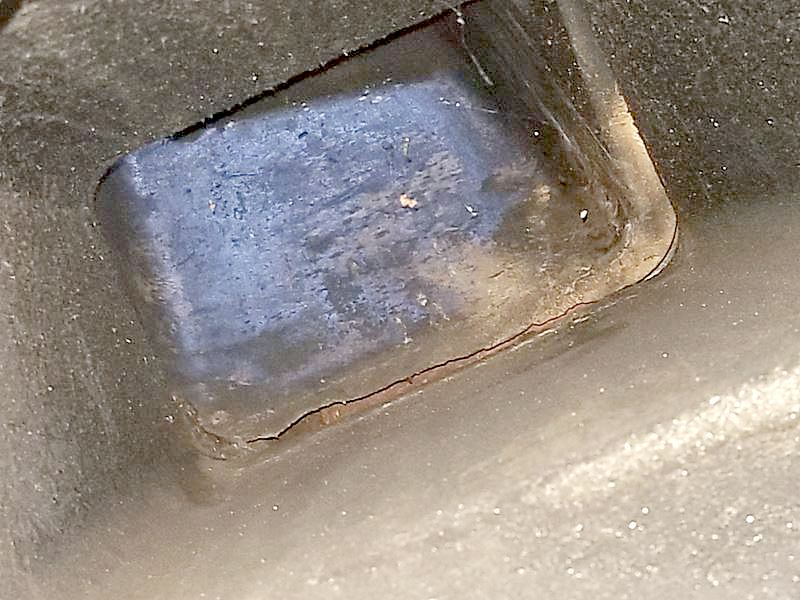
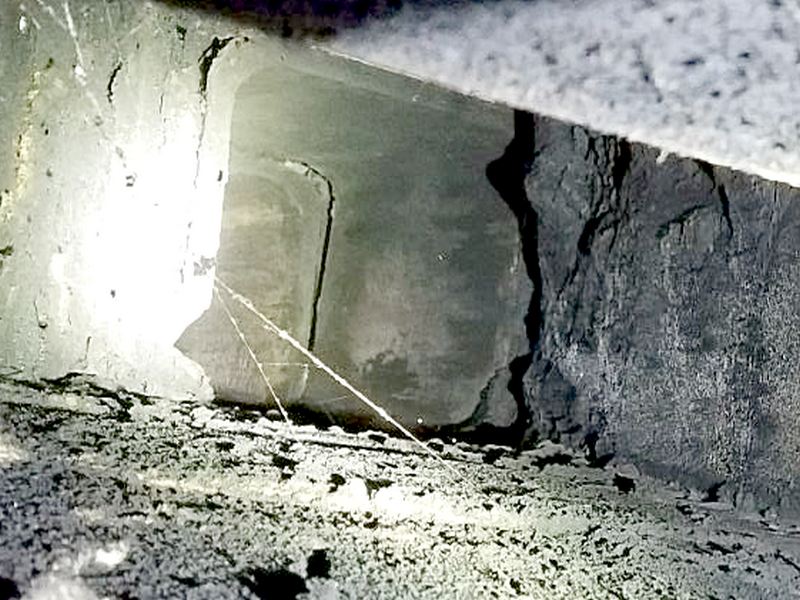
The flue liner is missing; smoke and flue gases may enter the living area. This is a safety hazard. Hire a contractor for an evaluation and repairs as needed.
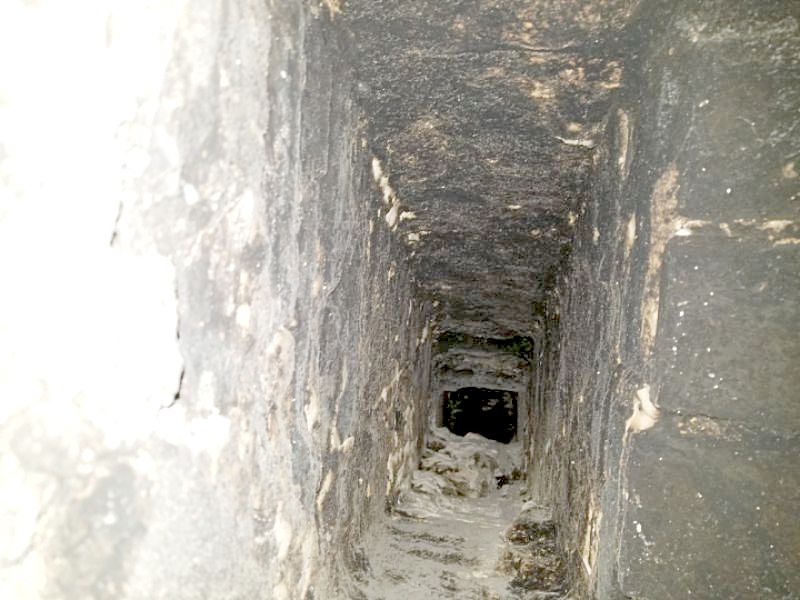

The flue is blocked by nesting activity. This is a safety and health hazard. Hire a contractor for an evaluation and repairs as needed.
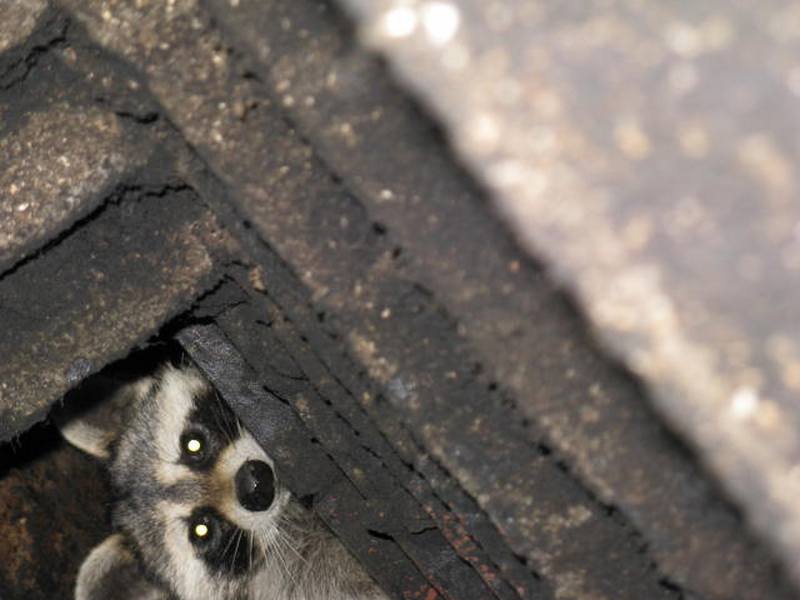
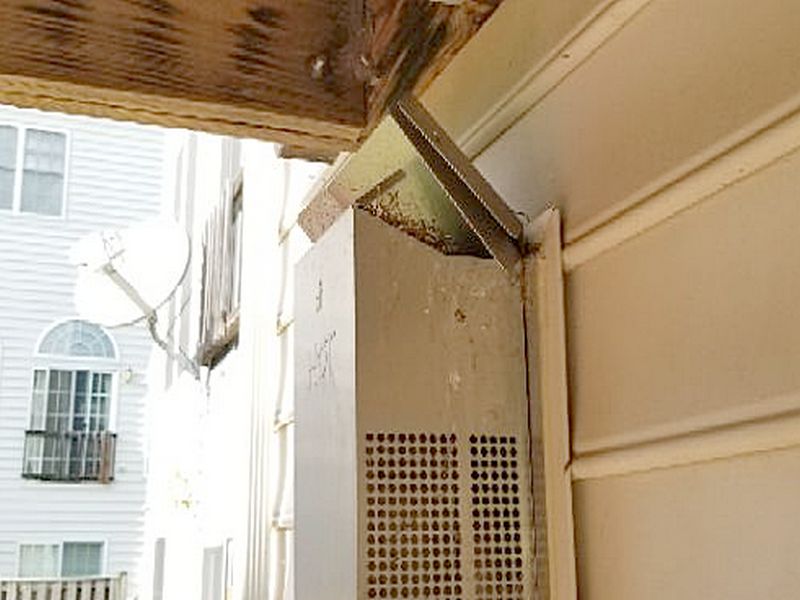
The fireplace is decorative and cannot be used for burning wood or other fossil fuels. Do not use the fireplace.

There is a gap between the fireplace and the hearth. This is a fire hazard. Repair and seal the gap.
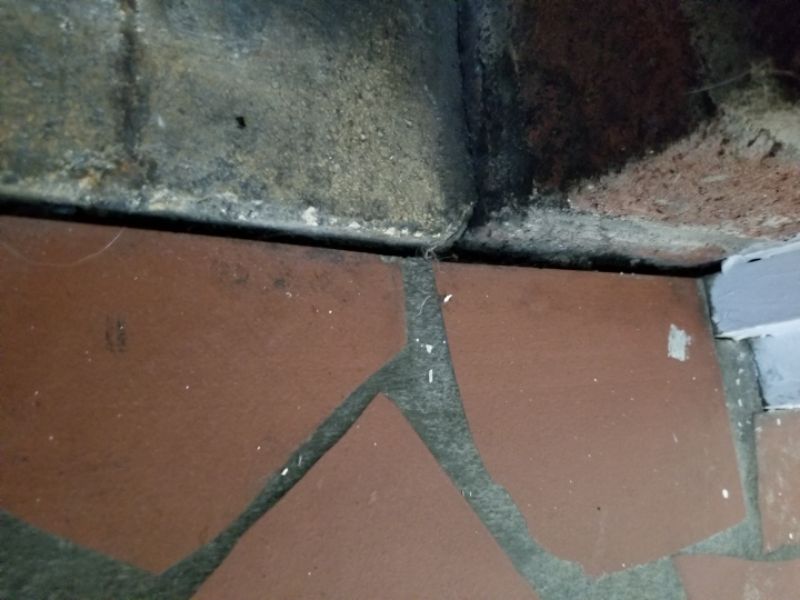
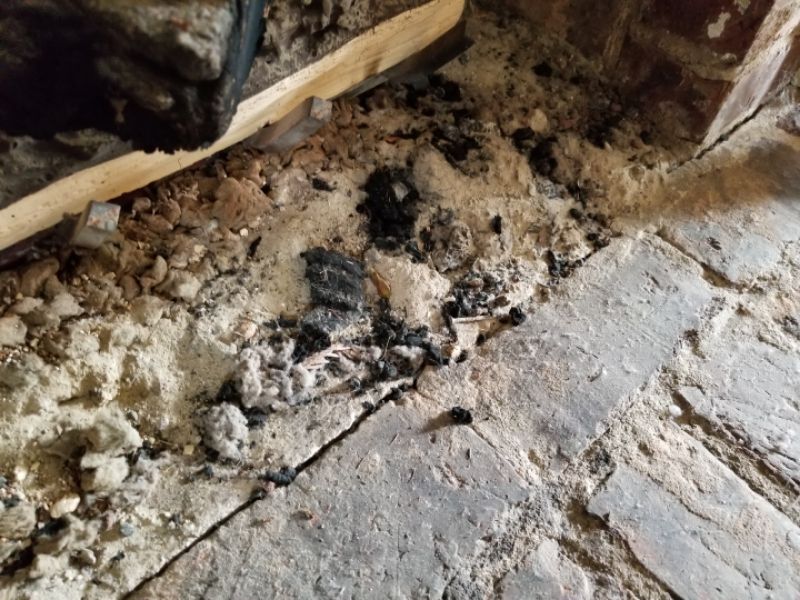
The hearth mortar joints are deteriorated. This is a safety concern. Repair the mortar joints.
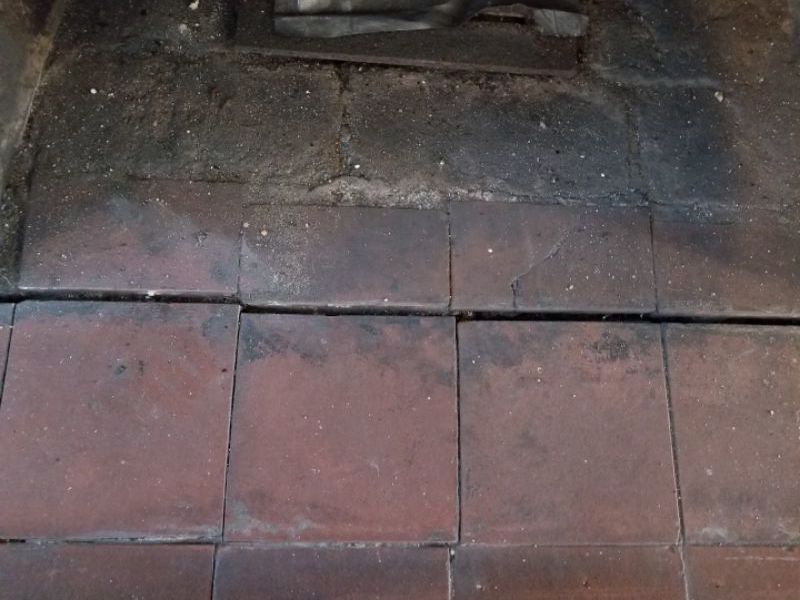
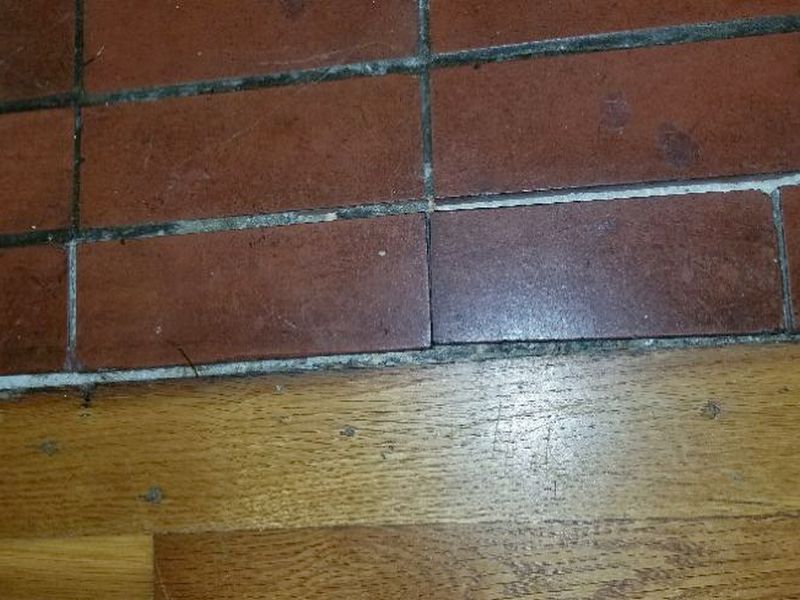
The hearth bricks are cracked/loose. This is a safety concern. Replace the bricks.
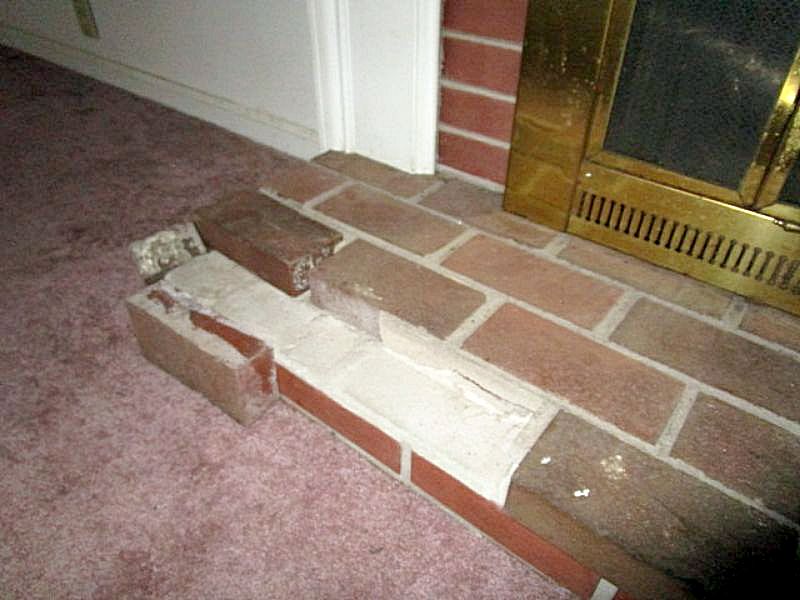
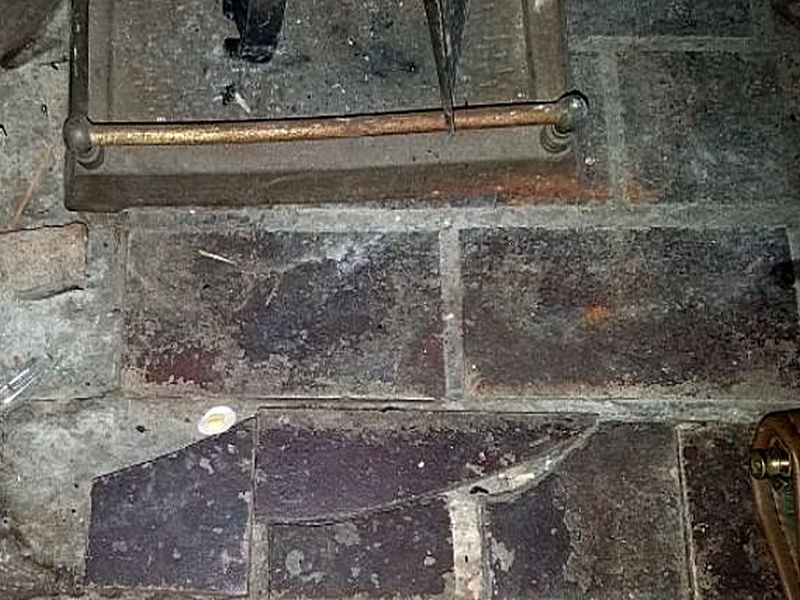
There is inadequate clearance between the hearth opening and the fireplace surround. This is a fire hazard that allows combustible materials to be too close to the fireplace. Extend the hearth or remove the combustible materials.
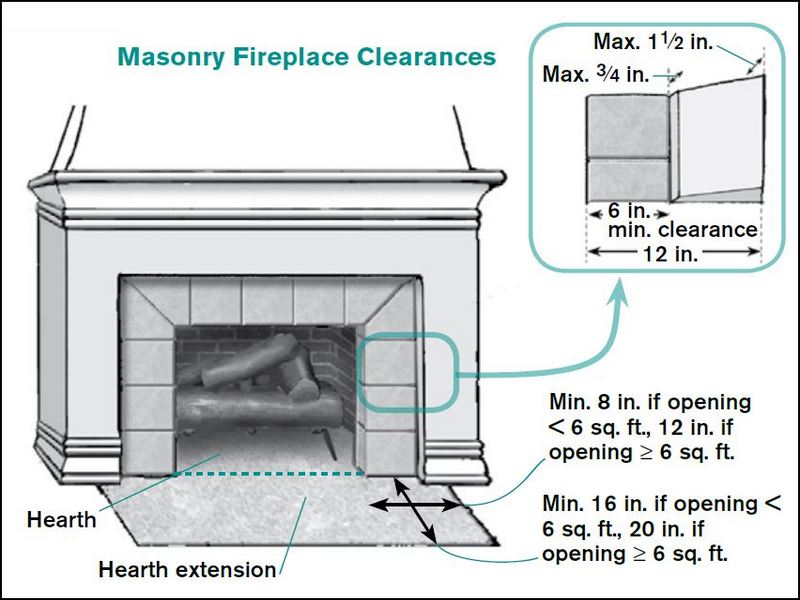
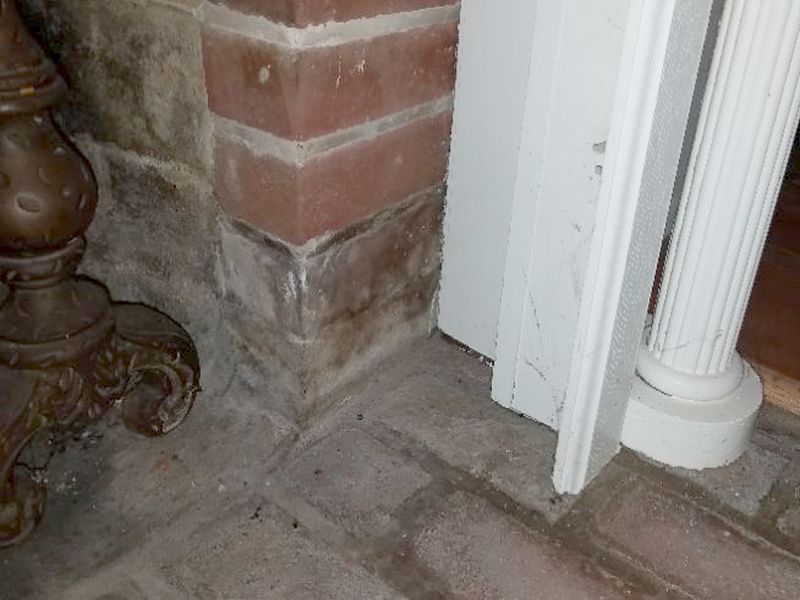

The hearth is settled. This is a fire hazard. The reason for the settlement is not known. Hire a contractor for an evaluation and repairs as needed.
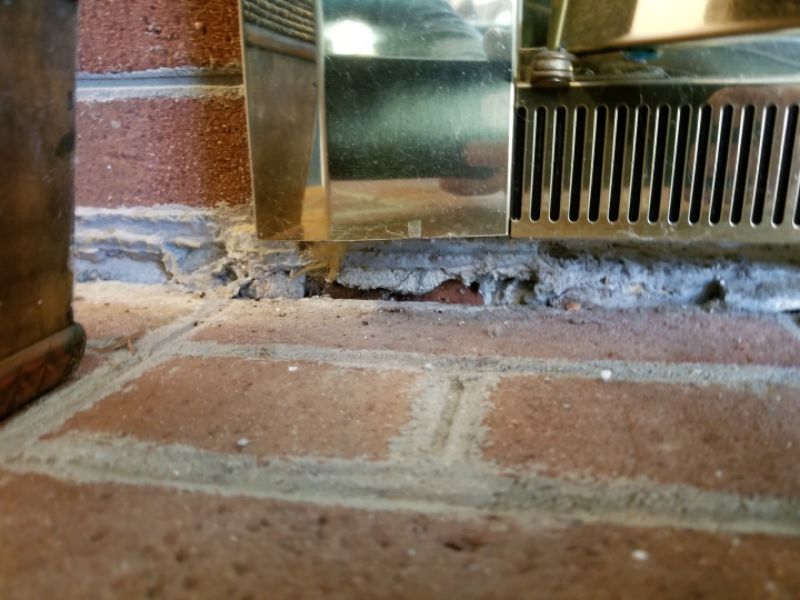
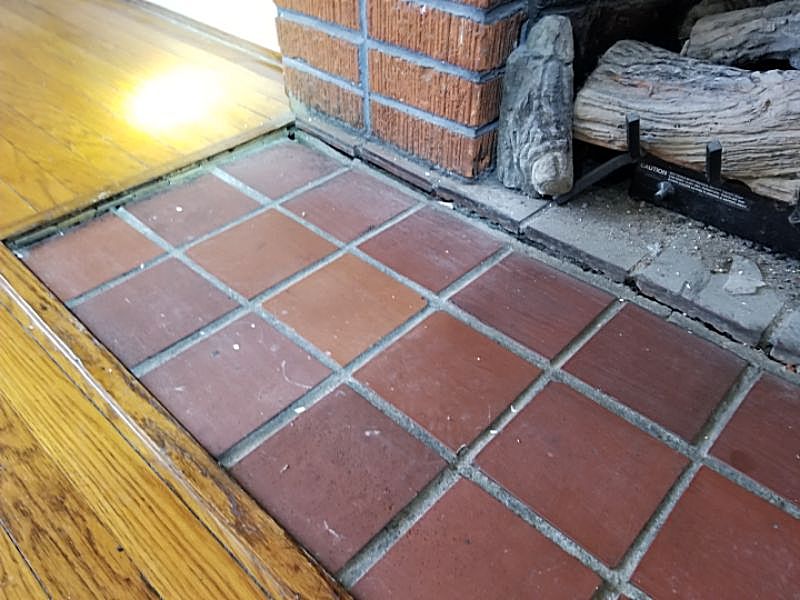
The hearth is missing. The outer hearth is a safety feature of the fireplace and prevents sparks and excessive heat from contacting combustible floor materials. This is a fire hazard. Install a hearth.
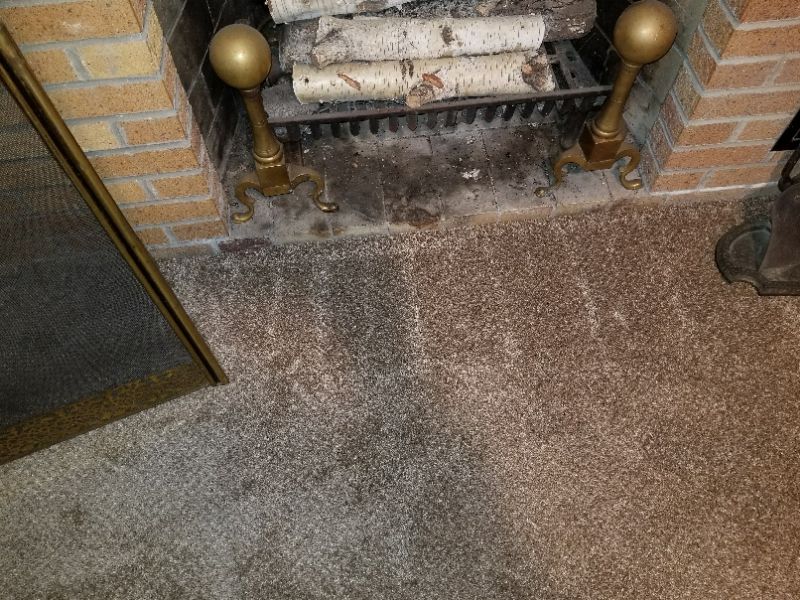
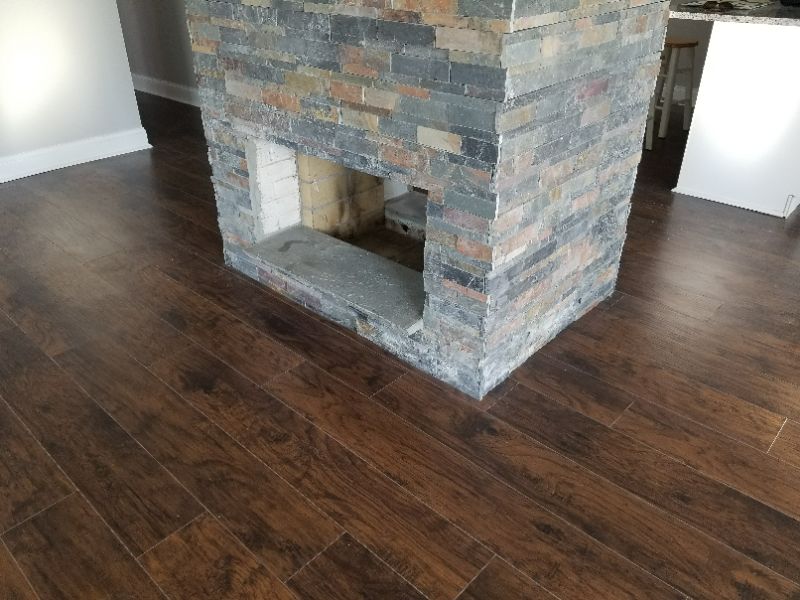
The hearth is constructed of wood. This is a fire hazard. Remove the wood and replace it with non-flammable materials.
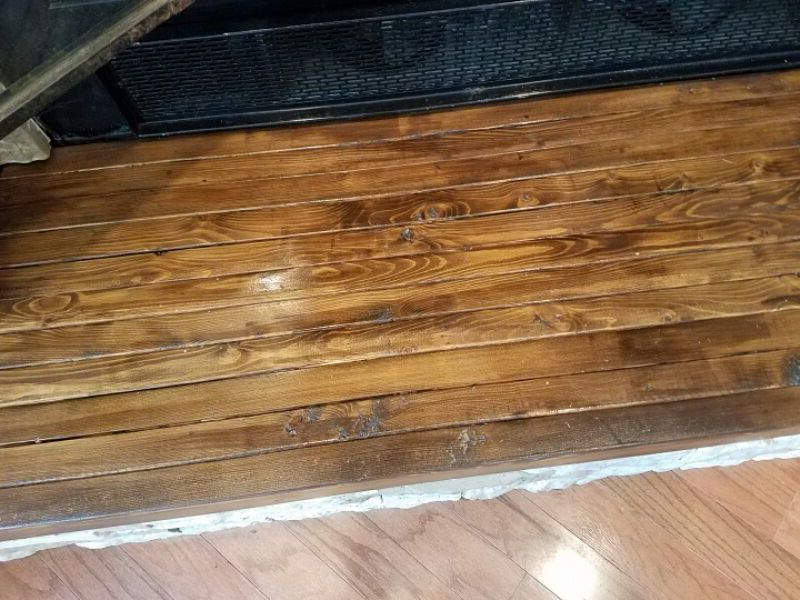
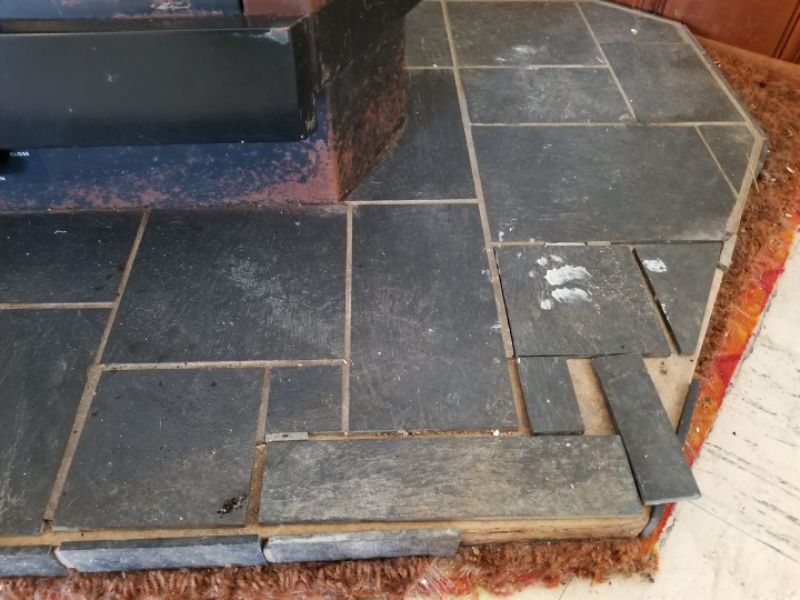
NFPA 211 is the basis of applicable chimney and fireplace safety codes. The actual adoption of a given code varies by state and locality. However, the Chimney Safety Institute of America (www.CSIA.org), the leading educational and certification organization for chimney professionals, fully recognizes NFPA 211. This includes its standards for chimney and fireplace inspections. These protocols are designated Level I, II, and III Inspections.
DEFINITIONS:
Readily Accessible:
Exposed, or capable of being exposed, for operation, inspection, maintenance, or repair without the use of tools to open or remove doors, panels, or coverings.
Accessible:
Capable of being exposed for inspection, maintenance, or repair, without damage to the chimney or building structure or finish, but which may require the removal of doors, panels, or coverings using commonly available tools.
LEVEL I INSPECTION
Scope: Readily accessible areas of chimney, structure, and flue; lack of flue obstructions or combustible deposits; basic appliance installation and connections.
Access required: Readily accessible portions of chimney exterior and interior; accessible portions of appliance and chimney connection.
Circumstances: Annual inspection during routine flue cleaning; upon direct replacement of connected appliance with one of similar type, input rating, and efficiency.
LEVEL II INSPECTION
Scope: All subjects of a Level I inspection; proper construction and condition of accessible chimney structure and flue; proper clearances from combustibles in accessible locations; size and suitability of flues for connected appliances.
Access required: All accessible portions of chimney exterior and interior, including accessible areas of attics, crawl spaces and basements; accessible portions of appliances and chimney connections; includes flue inspection by video scanning or other means.
Circumstances: Upon removal of one or more connected appliances and replacement with one of dissimilar type, input rating, or efficiency; prior to relining or replacement of flue lining; upon sale or transfer of the property; after operating appliance malfunction or external event, e.g. earthquake, severe weather event, likely to have caused chimney damage.
LEVEL III INSPECTION
Scope: All subjects of Level I and Level II inspections; proper construction and condition of concealed portions of chimney structure and enclosed flues; proper clearances from combustibles.
Access required: Internal and external portion of chimney structure including concealed areas of the building or chimney; includes removal of components of the building or chimney where necessary, but only as necessary to gain access to areas that are the subject of the inspection.
Circumstances: When necessary for the investigation of an incident that has caused damage to the chimney or building; where a hazard detected or suspected as the result of a Level I or II inspection cannot be fully evaluated without access to concealed areas.
